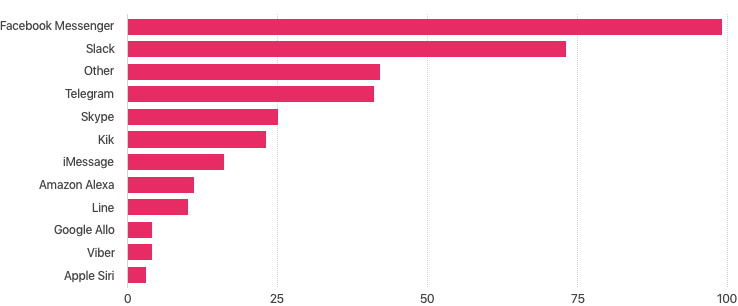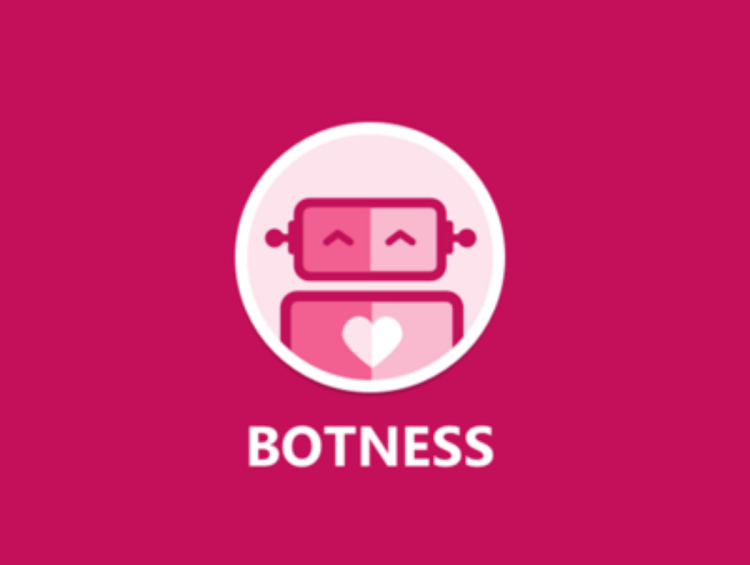Watch all the Transform 2020 sessions on-demand here.
Botness, the influential bot-maker group whose leaders include Amir Shevat of Slack, Chris Messina of Uber, Jon Bruner of O’Reilly, and Andy Mauro of Automat, has released preliminary results of its survey-in-progress. Even while the current sample size was small — just 130 respondents — the findings represent what is likely the first self-cataloging of the nascent bots ecosystem.
The survey’s initial results show that the overwhelming majority of bot companies are based in the San Francisco Bay Area, with New York City a distant second. Respondents said that their focus is almost evenly split between making bots for consumers (B2C) and for businesses (B2B).

Do your bots generally focus on consumers or businesses?
June 5th: The AI Audit in NYC
Join us next week in NYC to engage with top executive leaders, delving into strategies for auditing AI models to ensure fairness, optimal performance, and ethical compliance across diverse organizations. Secure your attendance for this exclusive invite-only event.
Reflecting the most obvious initial use cases, the leading categories for bots were retail and ecommerce, productivity, and customer service. This is borne out anecdotally by the first wave of bots reviewed by VentureBeat, which included a large number of food-ordering bots, like Dominos and Wingstop; travel bots, like Booking.com and KLM; and shopping bots, like Mezi and Shopify’s Kit.

To date, answers to the question, “Which platforms are you developing for?” show that Facebook Messenger and Slack are the top bot platforms, which seems to reflect the split focus between B2C and B2B, as well as real-world numbers of bots and users. For instance, on the consumer side, Facebook Messenger claims 1 billion users and 30,000 bots. The survey’s early results may also reflect respondents’ geographical bias and preference for the English language.

Which platforms are you developing for?
Finally, answers to the question, “How far along are you?” serve as a reminder that the bot ecosystem is still very young. “We think that these answers are slightly skewed and that most developers out there are still in the discovery stage of the technology,” Shevat writes in his survey summary, “Learnings from the first Botness survey.”

How far along are you?
The Botness survey organizers encourage all members of the bot community to take the survey here in order to increase its validity and applicability. They promise to provide updates and additional learnings in the weeks ahead.


